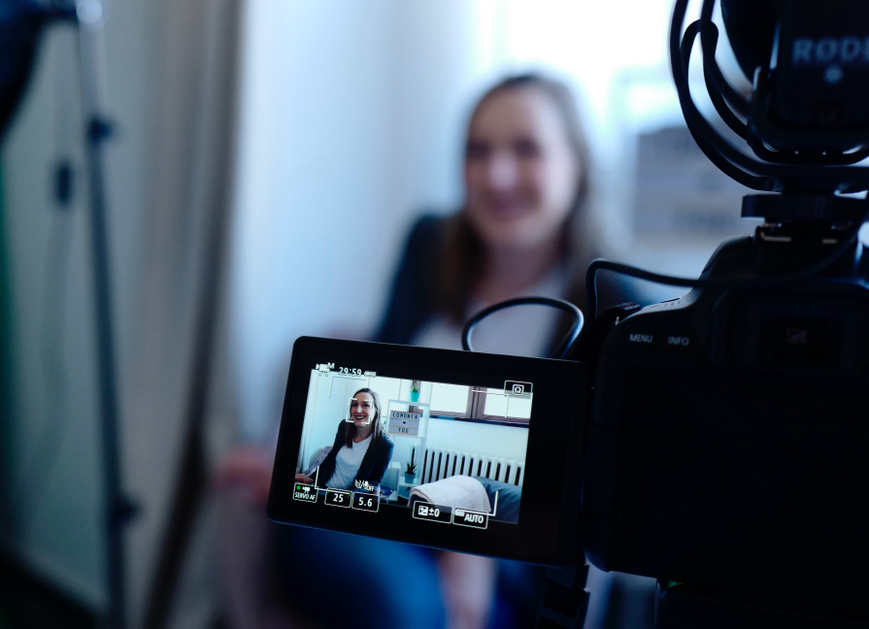Techniques for career opportunities: How to prepare a portfolio
03 / 23 / 2020
Our time in confinement is the perfect opportunity to do all those things that are long due… like updating our portfolio. So, it’s time to roll up your sleeves and get started with creating an awesome presentation of your work.
The way you submit it is nearly as important as the work itself. Potential clients are attracted by what is different, new or simply inventive. Catching their attention is therefore the main goal of a portfolio.
Nowadays, digital tools allow greater freedom when it comes to building up an interactive portfolio or a website. But that same freedom can be a limitation or even a block without the formalities or templates of a conventional CV.
But as we are within a creative environment, we will not let that block prevent us from creating an effective image of our work.
Perhaps one of the simplest and most popular methods nowadays is a video resume. This system allows you to make yourself known in an immediate and amusing way. Moreover, this enables the display of your physical or digital projects by mixing images of drawings on paper and computer. Storytelling is also important, as you can present your work by using a tale or story you make up. There are no limits to imagination here, but you always need to take into account that it should neither be too long nor too pretentious or complicated to understand.
You can also opt for something more handcrafted and analog, now that naturalness and simplicity are trendy again, describing yourself and presenting your objects in paper or using cards to catch the attention of a potential client. What is really important here is to have a short and forceful message, think of a statement that summarizes what you are able to do. And if the portfolio is a sample of your skills –for instance, if you are a product designer and you design an object with which to present yourself–, that is even better.
A good website is also a portfolio. But you need to be proficient in programming to use it. If that is your case, there are a million sophisticated things you can do, from interactive pieces to complex website architectures. Luckily, there are easier tools, such as Wordpress o Wix, which allow you to create a website without having a programmer, or platforms such as Bestfolios or Behance by Adobe, a website aimed at product designers, graphic designers, illustrators or photographers where you can create your own profile and upload your work. It is a platform often used by potential clients.
In any case, regardless of the system you choose, you need to remember a few tips:
- The message is the most important issue and it is what we wish to communicate. Always best to go for simple and effective rather than too cumbersome and unclear.
- Do not only show the end product. Understanding the creative process is as important as the final object.
- Tell the story behind each product; not only will it be better understood, you will also convey the energy you have devoted to it.
- Do not include everything you have done in your portfolio. Choose what you think is best, otherwise, your best projects will be lost among all the rest. A short and concise portfolio is more effective than a long and boring one.
- And in accordance with the current world in which we move towards full customization, we might even think of creating an adequate and custom-made portfolio for every occasion: a summary video for Audi, a mockup of a bathroom with all projects in the shape of bathroom pieces for Roca…
So, after what you have seen here, how will you present yourselves next time?





